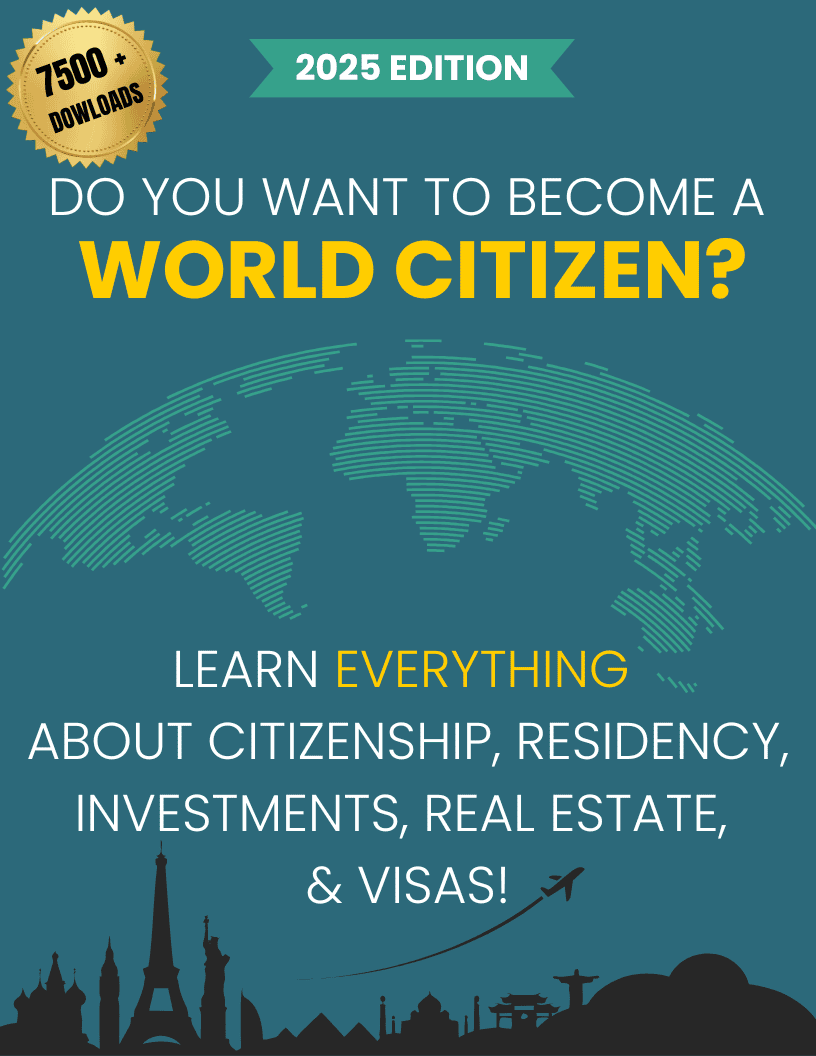Schengen Region Employment-Based Visas
Boost Your Freedom Without Compromise.
- Who offers the CHEAPEST program available.
- Who offers the BEST program available.
- What you need to qualify?

In This Article, You Will Discover:
- The general requirements for obtaining a work visa in the Schengen Area include a job offer from a sponsoring employer within the Schengen Zone, relevant qualifications or experience, and passing health and criminal background checks.
- Applications and requirements can vary significantly among Schengen countries, reflecting national labor market needs and immigration policies.
- A work visa from one Schengen member state does not automatically allow you to work in any Schengen country; they are typically country-specific, aligning with national employment laws.
- Family members can join holders in the Schengen Area, but they must apply for their own respective visas, such as a family reunification visa, and meet the specific country's requirements.
- Non-EU nationals can transitio to permanent residency in Schengen countries after meeting certain conditions, which may include duration of residence, language proficiency, and integration measures, varying by country.
- Who offers the CHEAPEST program available.
- Who offers the BEST program available.
- What you need to qualify?
 Free Consultation
Free Consultation Easy to Use
Easy to Use 100% Safe & Secure
100% Safe & Secure
The Schengen Region, with 27 European countries, is a top choice for jobs abroad. It has a strong economy, diverse cultures, and high living standards. This guide will help you understand the employment visas available, their benefits, and how to get them.
Understanding the Schengen Zone
The Schengen Area lets people move freely across its member states without border checks. It includes big countries like Germany, France, and Italy, and smaller ones like Luxembourg and Malta.
While the Schengen Visa is for short visits, employment visas let you live and work in certain countries.
Types of Employment-Based Visas in the Schengen Zone
Each Schengen country has its own visa types for jobs. These visas match different industries and skill levels. Here are some key ones:
1. EU Blue Card
- This visa is for skilled workers in IT, engineering, and medicine across many EU countries.
- Requirements:
- A job offer with a high salary.
- University degrees recognized in the EU.
- Benefits:
- Can move to other EU countries later.
- Path to permanent residency.
2. Germany’s Work Visa
- Available for many jobs, including healthcare, IT, and skilled trades.
- Benefits:
- Chance for permanent residency.
- Options for family to join you.
3. France’s Talent Passport
- For skilled workers, entrepreneurs, and researchers.
- Features:
- Long-term residency.
- Work permit included.
4. Sweden’s Work Permit
- For jobs in tech, healthcare, and education.
- Requirements:
- A job offer.
- Employer must follow local rules.
5. Austria’s Red-White-Red Card
- For skilled workers, with benefits for family too.
- Advantages:
- Family can get residency and work rights.
General Requirements for Schengen Employment Visas
Requirements vary, but here are some common ones:
- Job Offer: A valid job contract or offer.
- Educational Qualifications: Degrees and sometimes professional licenses.
- Language Proficiency: Knowledge of the local language, depending on the job.
- Work Permit: Employers must get a work permit for the employee.
- Financial Stability: Proof of enough money for the start.
- Health Insurance: Insurance that covers you in the host country.
Application Process for Employment-Based Visas
Getting a Schengen employment visa involves several steps:
- Secure a Job Offer
- Look for job portals or work with agencies that help with international jobs.
- Employer Sponsorship
- The employer will apply for a work permit or sponsorship for you.
- Prepare Documentation
- You'll need a few things, like:
- Passport.
- Employment contract.
- Proof of your skills and experience.
- Language skills (if needed).
- You'll need a few things, like:
- Visa Application Submission
- Submit your visa application at the embassy or consulate of the Schengen country you're interested in.
- Attend an Interview
- Some applications might need an interview to check your details.
- Approval and Travel
- After approval, you can travel to your host country and start working.
Benefits of Schengen Employment Visas
- Work Opportunities in Thriving Economies
- Get jobs in some of the world's strongest economies.
- Freedom to Explore the Schengen Zone
- Visa holders can travel freely across the region for short trips.
- Pathway to Permanent Residency
- Many countries offer a clear path to long-term residency and citizenship.
- Family Reunification
- Most employment visas allow family members to join and, in some cases, work or study.
- Access to Social Benefits
- Eligibility for healthcare, education, and other social services in the host country.
Challenges and Tips for Success
Challenges:
- Complex Regulations: Each country has its own rules and requirements.
- Language Barriers: Some roles require proficiency in the local language.
- Competition: Highly skilled professionals face competition from local and international talent.
Tips:
- Research Thoroughly: Understand the specific visa requirements of your chosen country.
- Learn the Language: Improve your chances by learning the local language.
- Work with Experts: Seek guidance from immigration consultants or legal experts.
- Stay Updated: Regularly check for updates on visa policies and labour market needs.
Conclusion
Schengen employment-based visas offer a gateway to exciting career opportunities and a high standard of living in Europe. By understanding the requirements and preparing thoroughly, you can embark on a successful journey to work and live in one of the world’s most dynamic regions.
Whether you’re a tech professional, healthcare worker, or entrepreneur, the Schengen Zone has pathways tailored to diverse talents. Begin your application process today and unlock the possibilities of working in Europe’s thriving economies.
- Who offers the CHEAPEST program available.
- Who offers the BEST program available.
- What you need to qualify?
 Free Consultation
Free Consultation Easy to Use
Easy to Use 100% Safe & Secure
100% Safe & Secure







